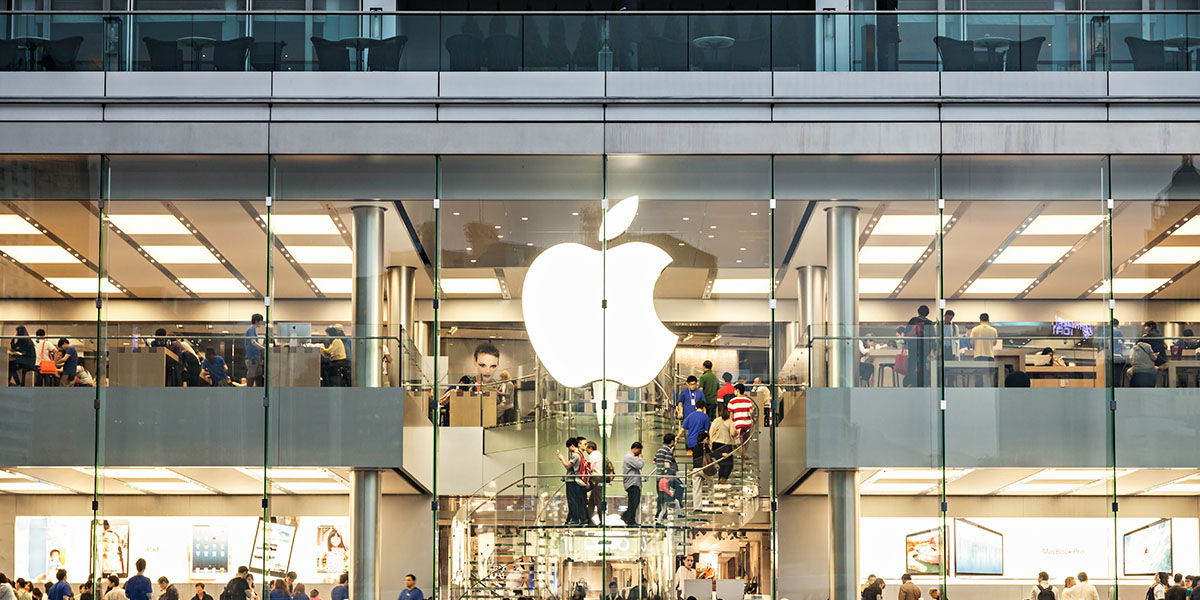Apple has been the world’s most iconic consumer technology company for decades. From the iPhone to the Mac to the Apple Watch, its products have become part of daily life for hundreds of millions of people. Despite fierce competition, Apple has maintained both cultural influence and financial dominance. The company’s market capitalization remains among the highest in the world, and its brand loyalty is unmatched.
At the heart of Apple’s strength is its ecosystem. The company has built a tightly integrated network of devices, software, and services that keeps customers locked in. An iPhone user who also owns AirPods, an Apple Watch, and a Mac finds it hard to switch to competing platforms. This interconnected web not only drives repeat purchases but also fuels revenue from services like iCloud, Apple Music, and the App Store.
Yet questions are mounting about how long Apple can sustain this advantage. Smartphone growth has slowed, and regulators are probing the company’s control over app distribution and payment systems. Investors are watching carefully to see whether Apple can innovate its way into new markets or whether its dominance will be eroded by shifting consumer habits and tougher rules.
The Power of the iPhone
The iPhone remains Apple’s crown jewel. It generates the largest share of the company’s revenue and sets the tone for the rest of the ecosystem. Each new release sparks global attention, and even incremental updates sell in the tens of millions. For Apple, the iPhone is not just a product but a gateway that pulls customers deeper into its world.
The device’s importance goes beyond hardware sales. Once someone buys an iPhone, they are more likely to subscribe to Apple Music, pay for extra iCloud storage, or download apps that funnel revenue back to Apple through the App Store. The iPhone is both a revenue machine and a customer retention tool.
Still, saturation is a problem. Most people in developed markets already own a smartphone, and replacement cycles are lengthening. Apple has responded with higher prices and premium models that encourage upgrades, but growth in unit sales is limited. That reality raises the stakes for diversification.
Expanding Into Services
Recognizing the limits of hardware, Apple has doubled down on services. Subscriptions now account for a growing share of revenue and offer predictable cash flows. Apple TV+ has carved out a place in streaming, while Apple Pay has become a major force in digital payments. Fitness+, News+, and the App Store add further layers of monetization.
These services are designed to strengthen the ecosystem. Each new subscription makes customers more reliant on Apple’s devices and less likely to switch to rivals. The strategy has worked so far, but it also invites scrutiny. Regulators in the United States and Europe are questioning whether Apple’s control of the App Store stifles competition. Court rulings and new legislation could force Apple to loosen its grip, potentially reducing profit margins.
Despite the risks, services remain a powerful driver. Investors appreciate the stability they bring compared to the cyclical nature of hardware. As long as Apple can grow its base of active devices, the services segment will keep expanding.
Betting on the Next Big Thing
For Apple to sustain long-term dominance, it must find new categories beyond the iPhone. The company is investing heavily in areas such as augmented reality, wearables, and health technology. The launch of the Vision Pro headset signaled Apple’s ambition to define the future of immersive computing. Whether it will achieve mass adoption remains uncertain, but Apple has a history of turning niche products into mainstream successes.
The Apple Watch and AirPods offer evidence of that ability. Initially met with skepticism, both products are now billion-dollar businesses. Their success suggests Apple can extend its ecosystem into entirely new domains, further locking in customers and opening new revenue streams.
However, innovation at scale is difficult. Rivals are also racing into new fields, from Meta’s push into virtual reality to Samsung’s dominance in foldable devices. Apple must not only introduce compelling products but also convince consumers that its vision of the future is superior.
Outlook for Apple’s Future
Chief Executive Officer Tim Cook has steered Apple with a focus on operational excellence and steady innovation. His leadership has delivered record profits and shareholder returns, but some critics argue that Apple has lost the groundbreaking flair it had under Steve Jobs. The balance between incremental improvement and radical innovation remains a central question for Apple’s future.
The company’s resilience, however, should not be underestimated. With massive cash reserves, global brand recognition, and a fiercely loyal customer base, Apple has more room to maneuver than almost any other company. Even if growth slows, it remains a formidable force in consumer technology.
The question is not whether Apple will remain relevant but whether it can continue to lead. If it finds the next big product category, its dominance could extend for another decade. If not, it may face the same fate as other tech giants that once seemed unassailable. For now Apple still rules, but the clock is ticking.
